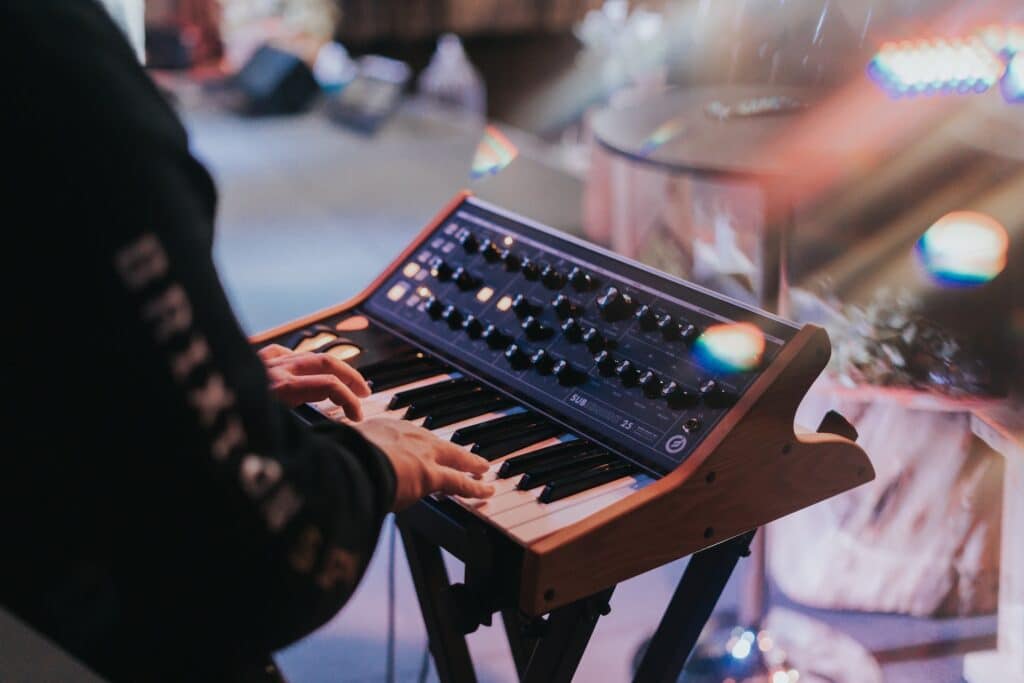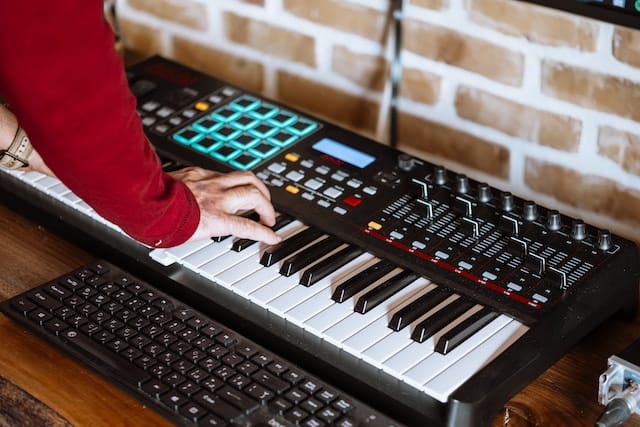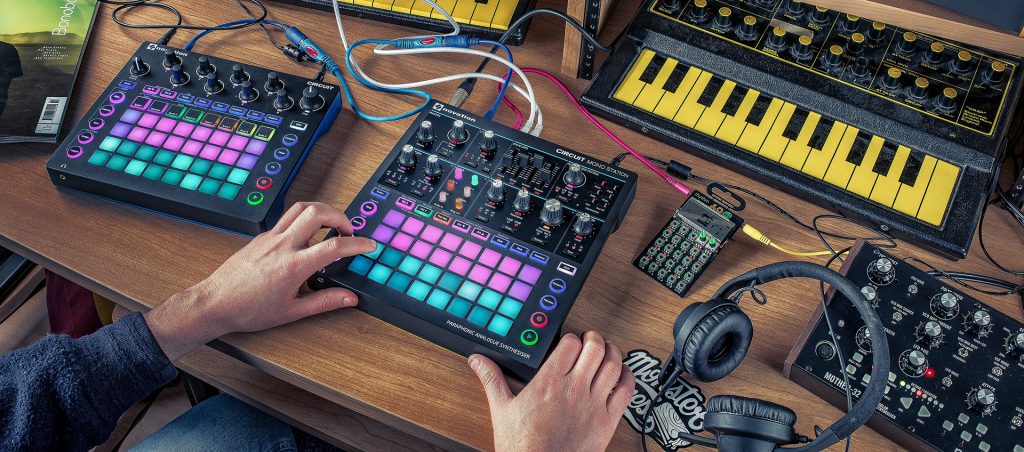How to pick the best keyboard synthesizer?
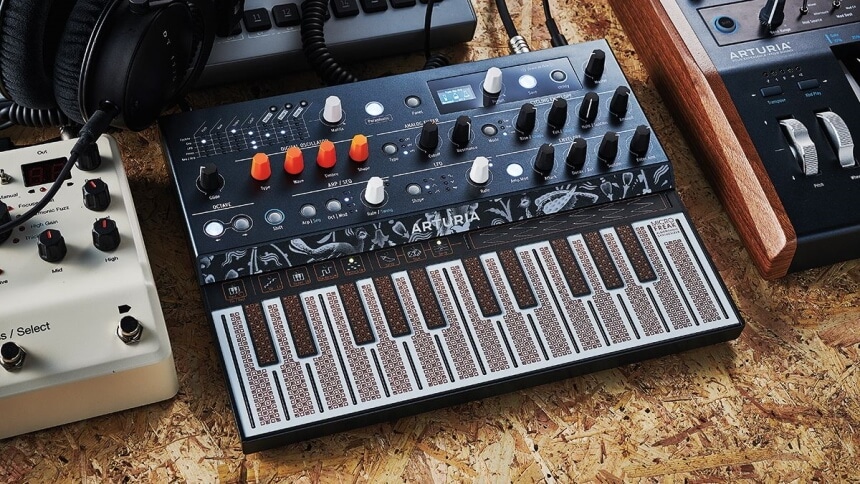 It is vital not to miss anything when looking for the top keyboard out there. That won’t be an easy task since you have plenty of features to cover when choosing the desired product. Don’t hesitate to check out the factors to consider during the selection process below. We will start with the basics, such as the signal type and the polyphonic capabilities of the unit. From there, we will move to the layout, presets, and other available modes and features. Finally, we will also mention pricing categories for keyboard synthesizers to help you find one that fits your budget.
It is vital not to miss anything when looking for the top keyboard out there. That won’t be an easy task since you have plenty of features to cover when choosing the desired product. Don’t hesitate to check out the factors to consider during the selection process below. We will start with the basics, such as the signal type and the polyphonic capabilities of the unit. From there, we will move to the layout, presets, and other available modes and features. Finally, we will also mention pricing categories for keyboard synthesizers to help you find one that fits your budget.
Signal
The first thing you will consider is the signal type in your synthesizer. Now, you have two options here – analog or crossover. Many consider analog to be old school, but you will get the purest and most realistic sound from the device. Make sure to use a high-quality integrated speaker or connect an outdoor sound system to hear the sounds to their full potential.
You can also go for hybrid units, such as the Roland JD-XI. This is not a classic electric keyboard synthesizer, but it utilizes the best of both worlds – analog and digital. You can choose important realistic sounds from the instrument library. A sequencer allows you to layer multiple patterns and combine analog and digital synth sources.
Polyphony
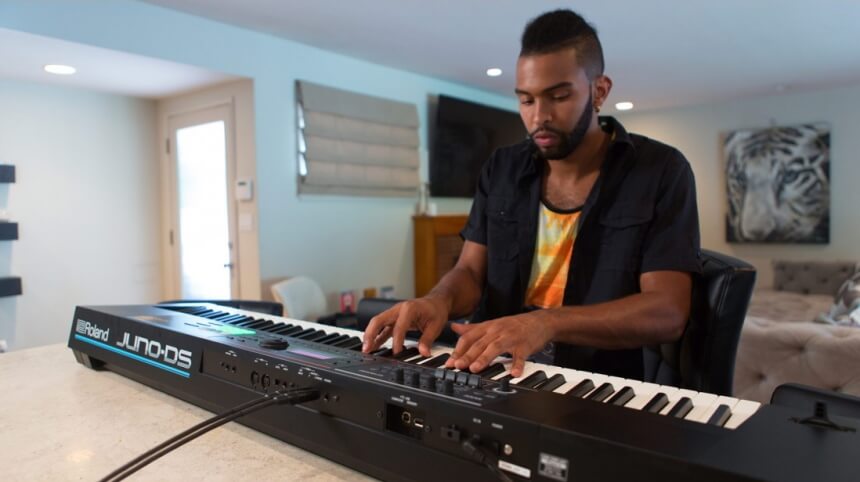 Polyphony means that the device is capable of playing multiple “voices” simultaneously. You could describe these voices as sounds, but the idea is to combine more options. That allows you to experiment with more complex sounds and delivers better performance overall.
Polyphony means that the device is capable of playing multiple “voices” simultaneously. You could describe these voices as sounds, but the idea is to combine more options. That allows you to experiment with more complex sounds and delivers better performance overall.
You will find that some devices are monophonic, but most of them come with polyphony support. The number of notes supported can vary from as low as 18 to 256 or more. But most requirements should be covered with 128-note polyphony, such as the one present in the Roland JUNO-DS61.
A polyphony works well with a sequencer since it enables using multiple notes per track, and that secures better arrangements.
Keyboard
If you take a look at different keyboards, you might notice that they vary in the number of keys featured on the product. The most basic synthesizer features 25 keys, but you will also find compact-sized variants with 37 keys. Those who want a full-sized synth should go with 61 or more keys, such as the Roland JUNO-DS61.
Apart from the key number, you want to consider their size. Slim keys might be inconvenient if you have big fingers or hands. Additionally, the key responsiveness might vary, but most keyboards are sensitive to velocity.
You will also find different knobs and buttons that serve to add the desired effects and customize sounds to your liking. The knobs should be conveniently placed so that you can adjust everything easily.
Presets
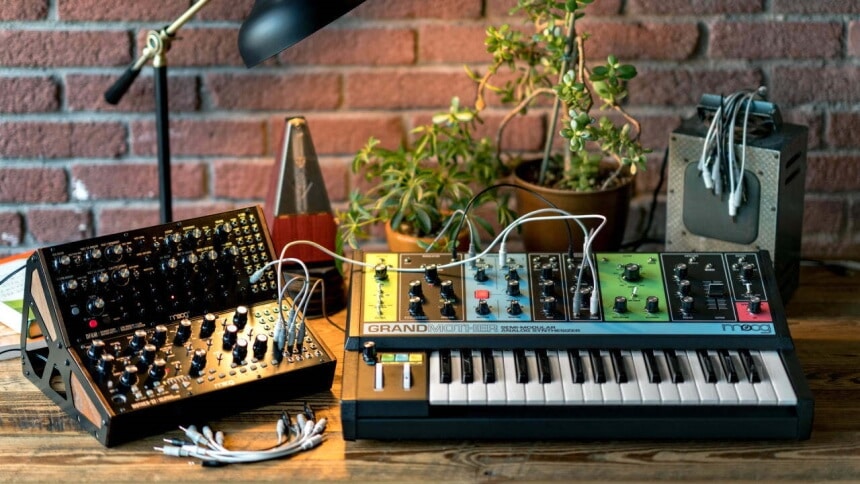 Presets could be described as sounds integrated into the keyboard. The preset selection can be editable or non-editable. It is much better if you can adjust it since it delivers more freedom to the user when creating sounds. The option to save your presets will ensure that you can add the desired sounds easily.
Presets could be described as sounds integrated into the keyboard. The preset selection can be editable or non-editable. It is much better if you can adjust it since it delivers more freedom to the user when creating sounds. The option to save your presets will ensure that you can add the desired sounds easily.
You want to consider the number of available presets and editable slots. Depending on the unit, it might have dozens of different presets available.
It is not uncommon for the device to have integrated presets that you cannot change but also empty slots to use for your sounds. That is the case with the Korg microKorg. You want to have at least several editable slots to have more freedom when working with the device.
Effects and modes
A keyboard synthesizer will often come with a variety of modes and effects. The classic effects are present in both analog and digital synths.
Here are the classic options to adjust the sound:
- Reverb – it delivers multiple echoes simultaneously, and you can compare the sound delivered to the one you hear in a tunnel or cave.
- Chorus – it is a combination of multiple sounds that overlap with a slight tuning variation.
- Distortion – it occurs when you adjust the original signal to thicken the sound or make it more harmonic or dissonant. It all depends on your preference.
When it comes to modes, many digital oscillators will feature modes like Texturer and Superwave. That is the case with the Arturia MicroFreak Hybrid Synthesizer, which can be a smart investment if you want multiple modes to use when playing the keyboard.
Sequencer
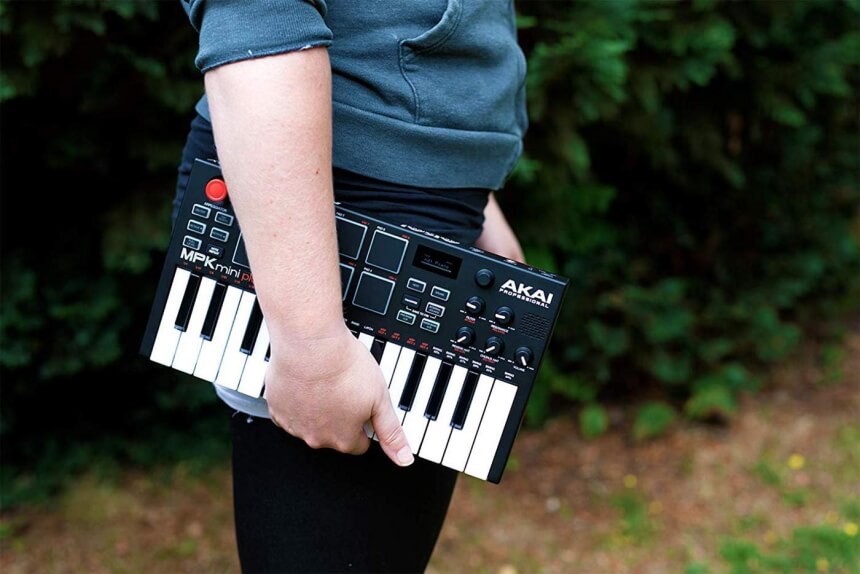 A sequencer is a critical function because it allows capturing any keys and combinations you play. Once you capture them, it is easy to play and hear them again. That can be perfect for songwriting as it allows a fast way of recording and playing the tunes.
A sequencer is a critical function because it allows capturing any keys and combinations you play. Once you capture them, it is easy to play and hear them again. That can be perfect for songwriting as it allows a fast way of recording and playing the tunes.
While most keyboard synths come with an integrated sequencer, their performance varies. Here are the critical features to consider:
- Tracks – the usual number of tracks supported is from four to 32. The more, the better rule applies, and advanced users will need at least eight tracks.
- Notes – the number of notes a device can capture can go up to 256, such as in the Moog Grandmother Synthesizer. If the product supports a high number of notes, you can store a longer sequence.
Oscillators
Do you know what a sound frequency is? Changing it allows you to adjust sound pitches and generate waves to suit your preference. You measure a pitch by using the waveform speed when competing for a cycle in a specific pattern. Experts use seconds to determine spectra. A higher pitch is when the frequency appears more often. You can use an oscillator to determine all that and experiment with various pitches that sound deliver. Many consider it a necessary feature to show their creativity and ensure every tune meets their expectations.
Oscillation is among the first things that beginners should learn when playing keyboards as it paves the way to other adjustments to make when using this device.
Connectivity
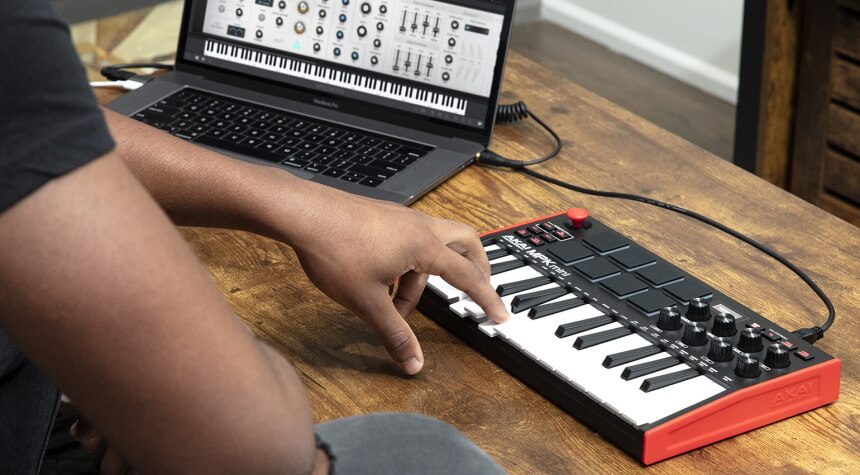 As the word suggests, connectivity is the option to connect to other devices. Now, most keyboard synthesizers will allow you to connect headphones or speakers to ensure you have optimal sound reproduction that fits your needs.
As the word suggests, connectivity is the option to connect to other devices. Now, most keyboard synthesizers will allow you to connect headphones or speakers to ensure you have optimal sound reproduction that fits your needs.
But only some devices support connecting other instruments, which gives you more freedom when creating sounds. The experts suggest looking for a unit that supports USB and MIDI for connecting to a PC. Thanks to this, you might be able to save patches on a USB memory stick. While we are talking about connectivity, focus on devices that support the popular operating systems used these days. Those are Windows and Mac, but it is a bonus if the synth can connect to iOS and other systems. Some units, such as the Akai Professional MPK Mini Play, come with specialized software solutions to ensure connectivity is simple.
Dimensions and weight
It would be strange not to consider the dimensions and weight of your keyboard since they directly affect portability. The general rule is that 25-key devices are the smallest, and their dimensions are approximately 12.5 x 7 x 1.8 inches. It varies on the unit, but they should be compact enough to carry them around in your hand.
You will find that 37-key synths are only a bit bigger, and their size can be 20.5 x 10.5 inches. But if you go with a unit with 61 or more keys, be prepared that its size would be 60 x 15 inches approximately.
As for the weight, keyboard synthesizers are not famous as heavy instruments. They usually don’t weigh more than several pounds, but look for exact information in the product description.
Prices
The cost of an average keyboard synthesizer is between $300 and $800. But you can get an affordable synth for under $150, and also that premium units often cost more than $1,000.
Here are the main three pricing categories for these devices:
- Budget-friendly – the first category covers all products that cost up to $300. You can get real bargain deals, such as the Akai Professional MPK Mini Play, which is priced at less than $150. But the sound quality and performance might be somewhat limiting.
- Average – the standard keyboard synth will cost between $300 and $600. The good news is that you can get plenty of bang for the money. Many products even offer an analog/digital crossover at this range, such as the Arturia MicroFreak Hybrid Synthesizer.
- Expensive – pricey synthesizers will cost over $600. It depends on the advanced features, but premium devices like the Moog Grandmother Synthesizer can cost more than $1,000. Here, you can expect the sharpest sound quality and most advanced features with these units.
Ultimately, it all depends on your requirements, so make sure to consider which features you expect and how much money you have available in the budget.

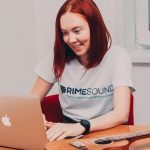

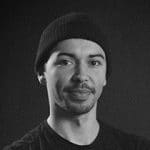


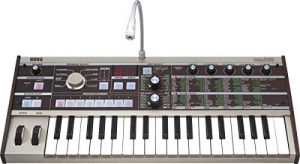
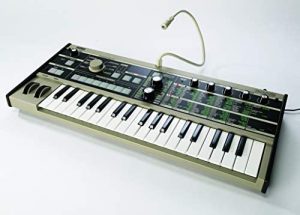

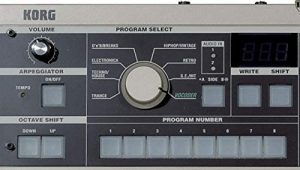
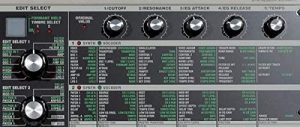
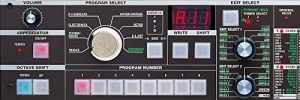
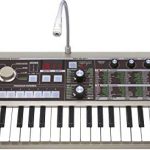
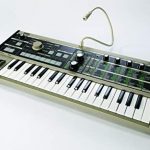

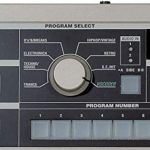
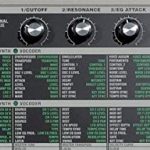
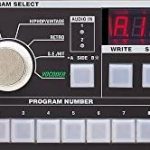
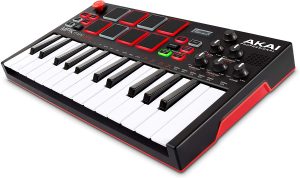
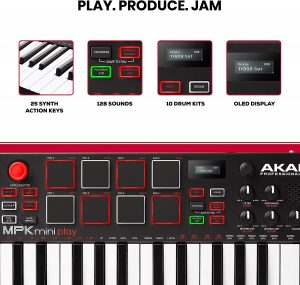
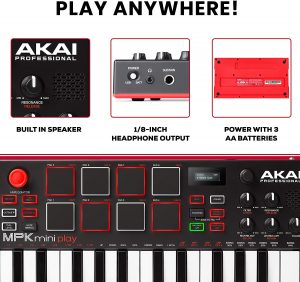
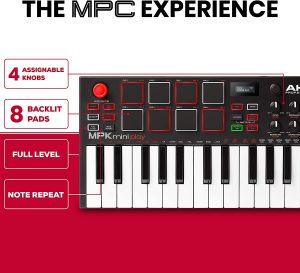
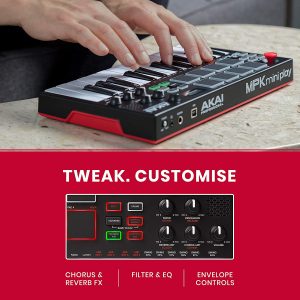
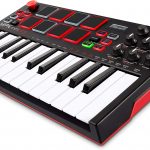

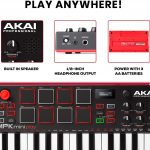
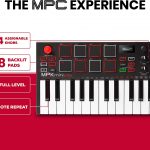
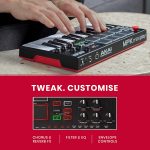
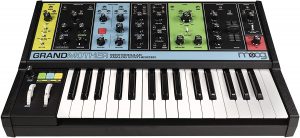


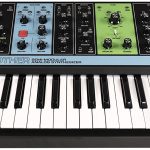
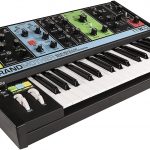
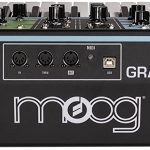
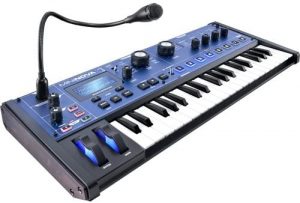

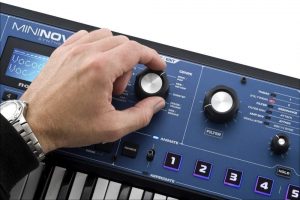
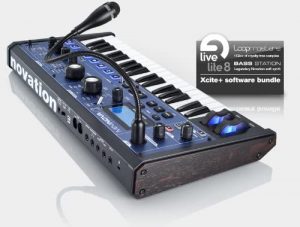
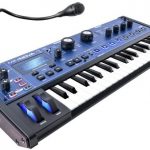
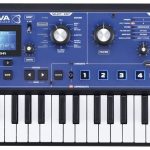
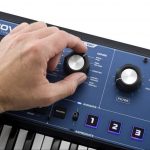
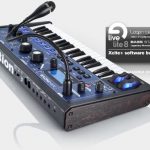
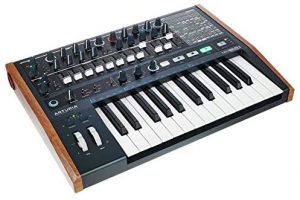

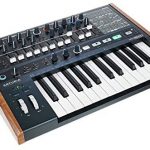

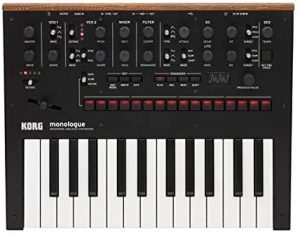
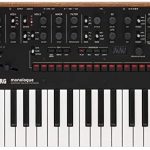

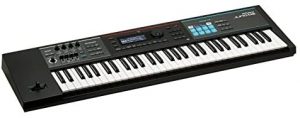

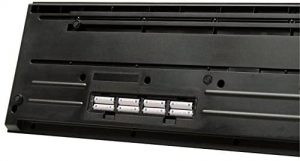
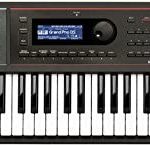


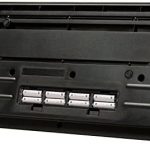
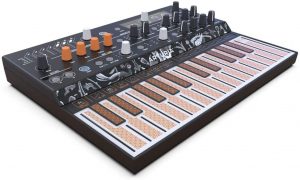

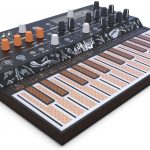
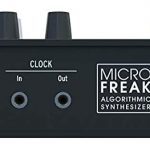

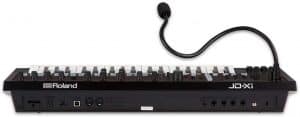
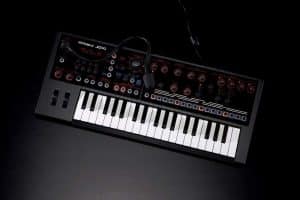
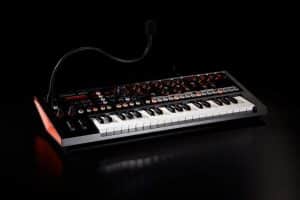

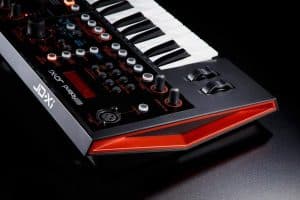
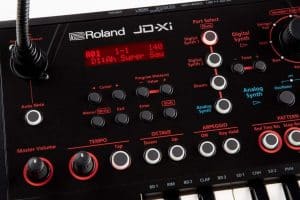
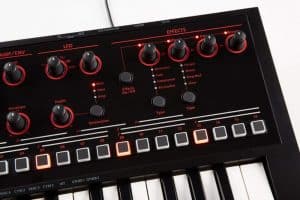
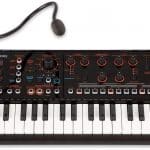
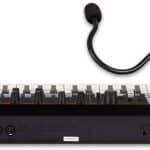
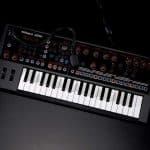
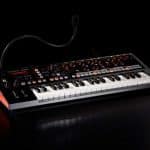
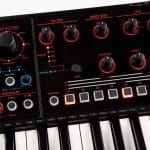
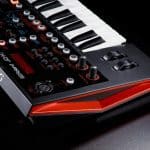
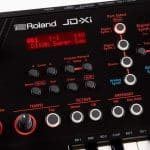
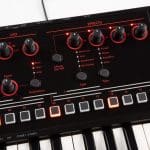
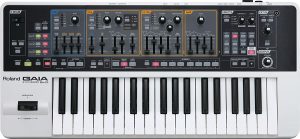
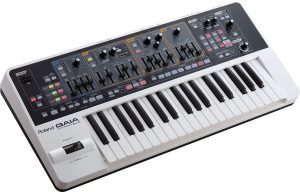

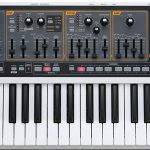
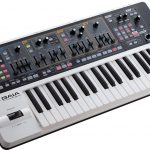
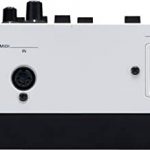
 It is vital not to miss anything when looking for the top keyboard out there. That won’t be an easy task since you have plenty of features to cover when choosing the desired product. Don’t hesitate to check out the factors to consider during the selection process below. We will start with the basics, such as the signal type and the polyphonic capabilities of the unit. From there, we will move to the layout, presets, and other available modes and features. Finally, we will also mention pricing categories for keyboard synthesizers to help you find one that fits your budget.
It is vital not to miss anything when looking for the top keyboard out there. That won’t be an easy task since you have plenty of features to cover when choosing the desired product. Don’t hesitate to check out the factors to consider during the selection process below. We will start with the basics, such as the signal type and the polyphonic capabilities of the unit. From there, we will move to the layout, presets, and other available modes and features. Finally, we will also mention pricing categories for keyboard synthesizers to help you find one that fits your budget. Polyphony means that the device is capable of playing multiple “voices” simultaneously. You could describe these voices as sounds, but the idea is to combine more options. That allows you to experiment with more complex sounds and delivers better performance overall.
Polyphony means that the device is capable of playing multiple “voices” simultaneously. You could describe these voices as sounds, but the idea is to combine more options. That allows you to experiment with more complex sounds and delivers better performance overall. Presets could be described as sounds integrated into the keyboard. The preset selection can be editable or non-editable. It is much better if you can adjust it since it delivers more freedom to the user when creating sounds. The option to save your presets will ensure that you can add the desired sounds easily.
Presets could be described as sounds integrated into the keyboard. The preset selection can be editable or non-editable. It is much better if you can adjust it since it delivers more freedom to the user when creating sounds. The option to save your presets will ensure that you can add the desired sounds easily. A sequencer is a critical function because it allows capturing any keys and combinations you play. Once you capture them, it is easy to play and hear them again. That can be perfect for songwriting as it allows a fast way of recording and playing the tunes.
A sequencer is a critical function because it allows capturing any keys and combinations you play. Once you capture them, it is easy to play and hear them again. That can be perfect for songwriting as it allows a fast way of recording and playing the tunes. As the word suggests, connectivity is the option to connect to other devices. Now, most keyboard synthesizers will allow you to connect headphones or speakers to ensure you have optimal sound reproduction that fits your needs.
As the word suggests, connectivity is the option to connect to other devices. Now, most keyboard synthesizers will allow you to connect headphones or speakers to ensure you have optimal sound reproduction that fits your needs.





